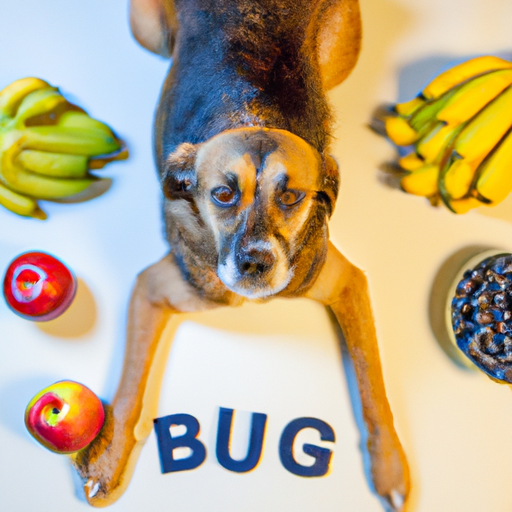As a caregiver to your furry friend, it’s important that you’re up to speed on what fruits canines can consume. Let’s delve into this topic, shall we?
H2: The Apples of Their Eye
You might be surprised to learn that apples are not only safe for dogs to eat but are also extremely healthy. They’re rich in fiber and vitamins A and C. However, be sure to remove the seeds and the core before handing an apple to your dog.
- Pro tip: Slice the apple into small pieces to prevent choking.
H2: Bananas: A Potassium Powerhouse
Bananas are another dog-friendly fruit. They’re packed with potassium, vitamins, biotin, and fiber. However, they’re also high in sugar, so they should be given to dogs in moderation.
- Peel the banana
- Slice it into manageable chunks
- Serve it to your dog as a treat
H2: The Berry Best: Blueberries and Strawberries
Blueberries and strawberries are safe for dogs to eat. They’re full of antioxidants, fiber, and vitamin C. Plus, their small size makes them a perfect training treat.
| Berry Type | Benefits |
|---|---|
| Blueberries | High in antioxidants |
| Strawberries | Rich in Vitamin C |
H2: The Verdict on Oranges and Pineapples
Oranges and pineapples can be given to dogs, but with caution. These fruits are high in sugar and can cause stomach upset if eaten in large quantities.
- Note: Always remove the peel and seeds before serving these fruits to your dog.
H2: Fruits to Avoid
While many fruits are safe for dogs, there are a few to avoid:
- Grapes and raisins: These can cause kidney failure in dogs.
- Cherries: The pits, stems, and leaves contain cyanide, which is poisonous to dogs.
- Avocado: It contains persin, a toxin that can cause vomiting and diarrhea in dogs.
Frequently Asked Questions
Q: Can dogs eat peaches?
A: Yes, but make sure to remove the pit first as it can be a choking hazard.
Q: Are tomatoes safe for dogs?
A: While the ripe fruit is generally safe, the green parts of the tomato plant are toxic to dogs.
Q: Can dogs eat watermelon?
A: Yes, dogs can eat watermelon, but be sure to remove the seeds and rind first.
Remember, when introducing new food to your dog’s diet, start with small amounts and monitor for any adverse reactions. And when in doubt, consult with your vet.



